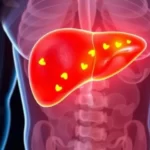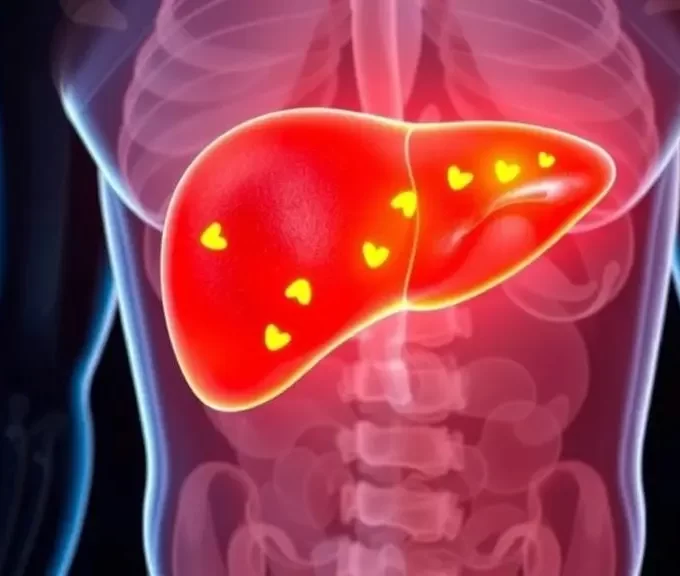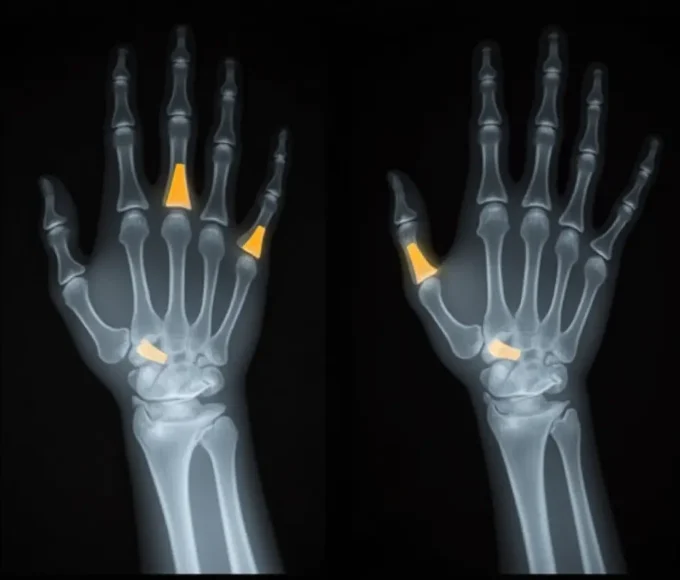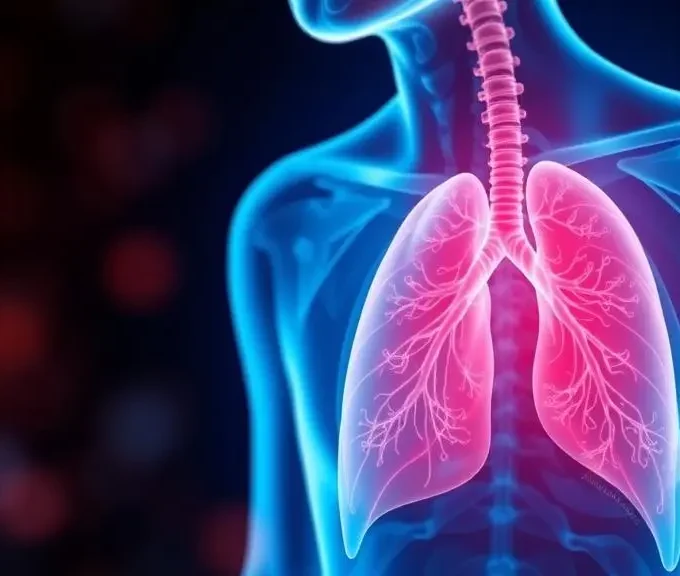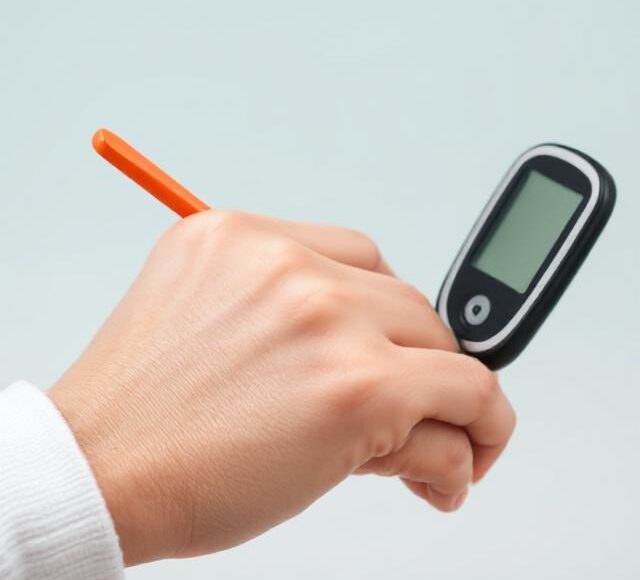When someone hears the word “cancer,” it often comes with fear, uncertainty, and a whirlwind of decisions. The traditional medical path—surgery, chemotherapy, radiation—is well-established, but for many, it feels incomplete. The question arises: Is there something more I can do to support my healing journey?
That’s where homeopathy enters the conversation.
Unlike conventional treatments that often focus solely on destroying the tumor, homeopathy takes a broader view. It aims to treat the person as a whole—physically, emotionally, and energetically—rather than just the disease in isolation. It seeks to understand why cancer developed in the first place and how to reestablish the body’s natural balance to fight and recover more effectively.
Homeopathy’s Unique View of Cancer
In mainstream medicine, cancer is considered a localized issue that may spread if not managed early. The goal is to cut it out, irradiate it, or chemically destroy it.
Homeopathy, however, considers a systemic disease that manifests locally. That tumor? It’s just the tip of the iceberg. The deeper causes—genetic predisposition, suppressed emotions, chronic inflammation, and long-standing miasms (inherited tendencies to disease)—must also be addressed. If these root issues are ignored, even the most aggressive treatment might not prevent recurrence.
Homeopaths aim to change the inner terrain that allowed the cancer to form. In this view, the tumor is not just an invader; it’s a messenger. And it must be listened to, not merely silenced.
The Precancerous State: A Warning Sign, Not a Diagnosis
Before a diagnosis appears, many individuals go through what homeopaths call a precancerous state. These patients might not have a visible tumor, but their bodies are showing signs of internal imbalance.
They often report:
- Chronic fatigue
- Digestive disturbances
- Skin eruptions that never fully heal
- Persistent infections
- Emotional stagnation or unresolved grief
Homeopathy sees this stage as an opportunity—perhaps the most important one. It’s a critical window where deep constitutional treatment can help the body reverse pathological momentum, restore vitality, and possibly prevent malignancy altogether.
The Dual Strategy of Homeopathic Cancer Care
Homeopathic cancer treatment works on two interconnected fronts:
1. Constitutional Treatment: Healing the Person, Not Just the Disease
This involves selecting remedies based on the patient’s complete physical, mental, and emotional profile. It goes far beyond the tumor type.
For example:
- Thuja occidentalis is suited for individuals with suppressed discharges, warts, or a history of HPV. It’s often used in early breast nodules or uterine growths.
- Lachesis may benefit women with intense emotions, hormonal disturbances, and left-sided complaints, particularly in ovarian or cervical cancer cases.
- Silicea helps frail individuals who suffer from chronic abscesses, glandular swellings, and slow-healing wounds.
These remedies aim to strengthen the immune system, correct inherited weaknesses, and address emotional blockages that may be fueling the disease process.
2. Cancer-Specific and Supportive Remedies: Targeting the Pathology
Alongside constitutional support, certain remedies have shown relevance in directly addressing cancerous growths or supporting organ systems burdened by conventional treatments.
- Carcinosinum, a nosode (remedy prepared from cancerous tissue), is often used for individuals with deep-seated emotional suppression, perfectionism, and a strong family history of cancer.
- Conium maculatum is prescribed for hard, immovable glandular tumors, particularly in the breast and prostate.
- Hydrastis canadensis works well for mucous membrane cancers such as stomach, colon, and oral cancers, where there’s thick yellow discharge and digestive issues.
- Phytolacca decandra has applications in painful breast tumors, mastitis, and glandular swellings with radiation-like pain.
These remedies are not “anti-cancer pills.” They are selected based on precise symptom patterns and must be used under the guidance of an experienced homeopath.
Organ Support and Detoxification After Chemo & Radiation
One of homeopathy’s greatest contributions to integrative cancer care is its ability to detoxify and support the organs involved in elimination and immune regulation, especially after chemotherapy or radiation.
- Chelidonium helps rejuvenate the liver, often burdened by medications and metabolic waste.
- Berberis vulgaris supports kidney detox, especially in patients who suffer from low back pain, urine changes, or skin symptoms.
- Solidago enhances kidney function and is frequently used in post-chemotherapy recovery.
- Urtica urens is used for anemia, uric acid imbalances, and skin eruptions after radiation therapy.
This organ-based “drainage” philosophy ensures the body is not just fighting cancer, but is being supported in its detox, repair, and regeneration efforts.
Local and Topical Support
In certain cases, topical homeopathic applications can support healing in superficial tumors or post-surgical wounds.
For example:
- Calendula cream helps accelerate wound healing and reduce infection after mastectomy.
- Graphite is used in long-standing skin ulcers with thick, sticky discharge.
- Silicea supports the expulsion of foreign material and the draining of abscesses.
These external applications are not standalone treatments but help support internal recovery and reduce local discomfort or infection risks.
The Right Time for Homeopathy in Cancer Care
So, when should one consider homeopathy for cancer treatment?
- Before diagnosis: In people with a strong family history or showing early warning signs, constitutional homeopathy may help reduce susceptibility.
- During treatment: it can alleviate side effects of chemotherapy, improve energy, appetite, mood, and immune resilience.
- After treatment: Homeopathy can support detoxification, healing, and emotional closure, while helping prevent recurrence.
- Palliative care: In advanced cases, remedies can ease pain, anxiety, insomnia and improve quality of life with minimal drug interaction risks.
The key is personalized treatment. It is not one disease—it’s thousands of patterns within different people. And homeopathy excels at treating the individual, not the diagnosis.
Can Homeopathy Cure Cancer?
Let’s be honest—homeopathy is not a cure-all. It does not promise miracle recoveries. But it does offer a thoughtful, gentle, and profound support system that addresses the roots of disease, not just its symptoms.
When used responsibly, especially alongside conventional oncology, homeopathy can enhance vitality, reduce suffering, and support long-term healing. It’s not about choosing either/or. It’s about embracing the best of both worlds.
Conclusion
Cancer is not just a physical illness—it affects the body, mind, and spirit. While conventional medicine targets tumors directly, homeopathy adds a deeper dimension by addressing the root causes and supporting the whole person. Though not a replacement for medical oncology, it can complement modern treatments, ease side effects, and enhance overall well-being. With expert guidance, homeopathy empowers patients to heal more holistically, fostering resilience, balance, and hope on their cancer journey.
So, what’s my final advice? Please don’t view homeopathy as a magic cure for cancer. From my clinical experience, I can tell you that it’s a powerful, safe, and effective way to support your body’s healing journey, reduce the side effects of conventional treatment, and improve your overall quality of life. By working with a qualified homeopath and your oncologist, you can create an integrative care plan that gives you the best of both worlds. Your health is a journey, and homeopathy can be a compassionate and powerful partner on that path.
FAQ
Q1. Can homeopathy cure cancer?
A: Homeopathy does not claim to “cure” cancer in a conventional sense. However, it may help support the body constitutionally, reduce side effects of conventional treatments, and improve overall quality of life. It’s best used as a complementary therapy under expert guidance.
Q2. What are the top homeopathic remedies for cancer?
A: Common remedies include Carcinosin, Conium maculatum, Scirrhinum, Phytolacca decandra, Hydrastis canadensis, and Thuja occidentalis. Remedy selection is individualized and based on the patient’s total symptom picture.
Q3. Is it safe to use homeopathy alongside chemotherapy or radiation?
A: Yes, many patients use homeopathic remedies to alleviate side effects like fatigue, nausea, and mouth ulcers during chemo or radiation. Always consult a qualified homeopath and oncologist before combining treatments.
Q4. How does constitutional treatment differ from regular homeopathy in cancer?
A: Constitutional treatment focuses on the patient’s entire physical, emotional, and mental state, not just the tumor. It aims to strengthen immunity and address the root cause of the disease.
Q5. Is homeopathy a proven cancer treatment?
A: Scientific evidence is limited and mixed. Homeopathy is considered complementary, not a replacement for conventional oncology. Some clinical experiences and case studies show promising outcomes, but more research is needed.
Medically Reviewed by Dr. Muhammad Usman
References
World Health Organization (WHO). Cancer Fact Sheet. https://www.who.int/news-room/fact-sheets/detail/cancer
National Cancer Institute (NCI). Cancer Treatment Overview. https://www.cancer.gov
Centers for Disease Control and Prevention (CDC). Cancer Prevention and Control. https://www.cdc.gov/cancer
American Cancer Society (ACS). Cancer Treatment and Survivorship. https://www.cancer.org
Allen HC. Keynotes and Characteristics of Homeopathic Remedies. Homeopathic Medical Classics.




